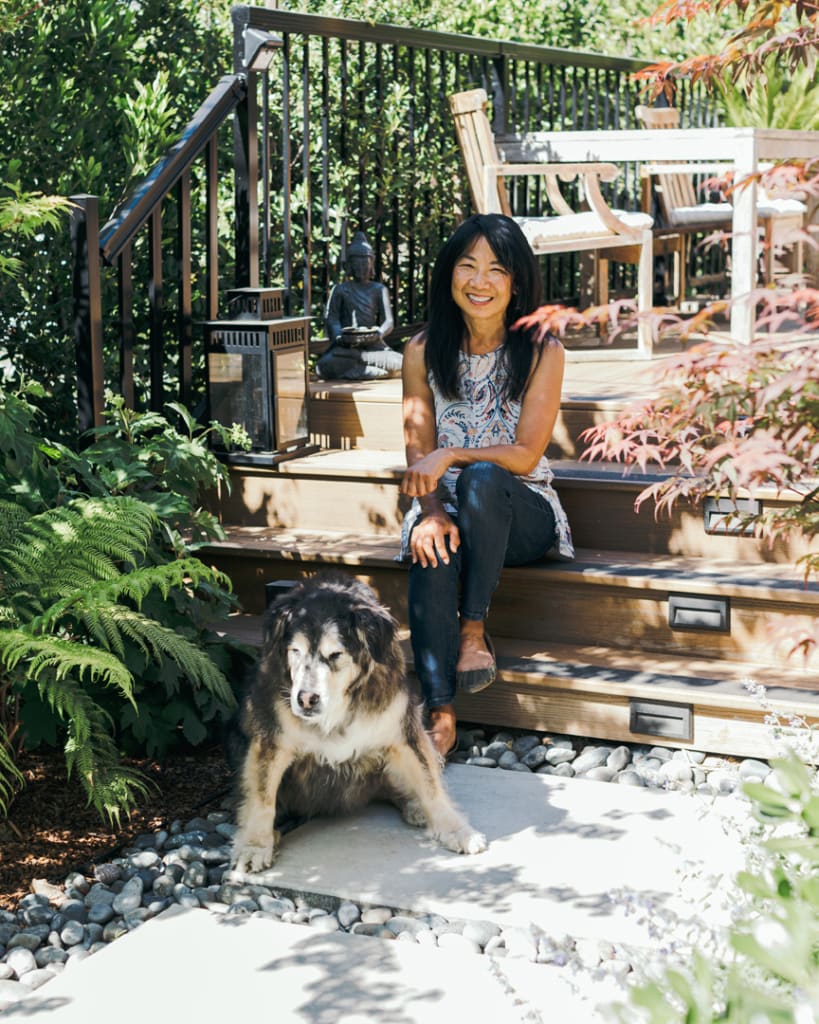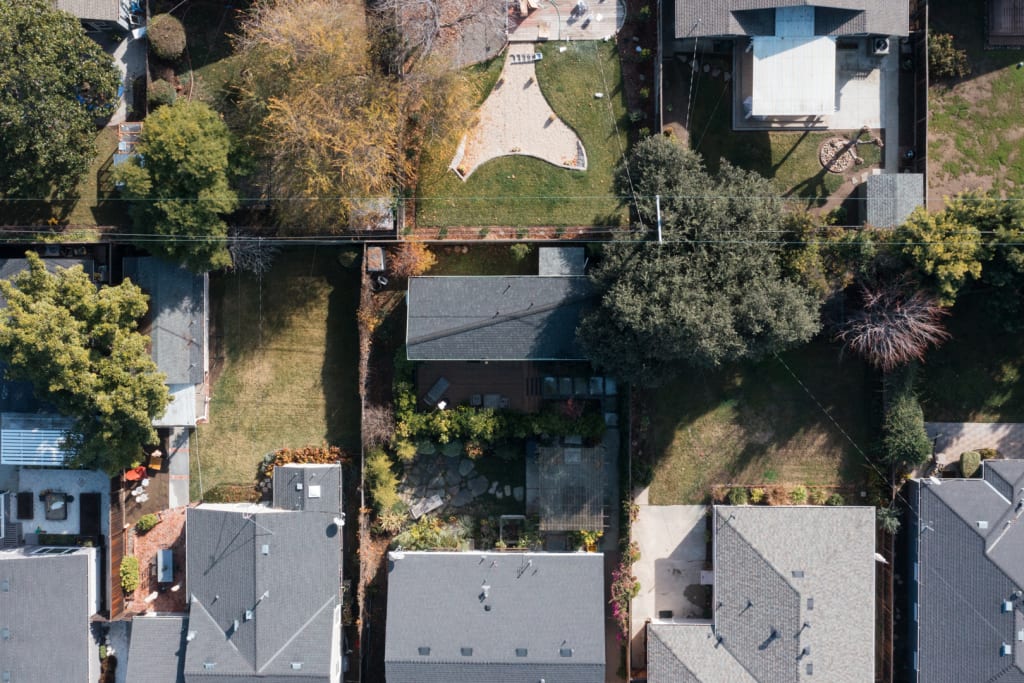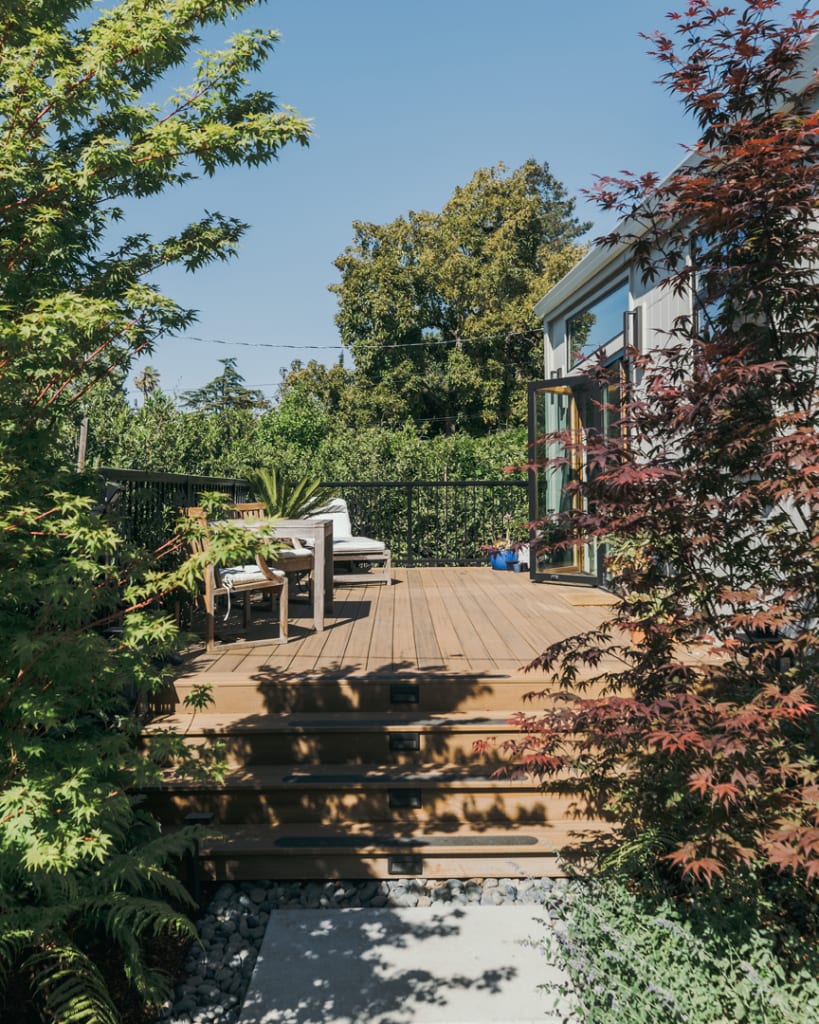A few years ago, when Joyce Higashi decided to build an accessory dwelling unit (ADU) in her backyard in San Jose, California, she saw it as a passive source of income.
She had a large lot, so the new cottage could be tucked into a private corner. She started renting it out to traveling nurses and other professionals who needed a short-term furnished apartment. Higashi is now semi-retired, and the cottage became a steady source of monthly income. “I call it the ATM in my backyard, because it’s easy,” she says.
Eventually, she may consider a new option: Selling off the ADU while she stays in her house. San Jose now has a law that allows homeowners to sell their ADUs as a condo. It’s the first California city to take advantage of a new state law that enables the practice for cities that want to opt in. (Previously, the state prohibited it.) “If I needed some money—if I got in an accident, or had some illness—then I wouldn’t have to sell my house,” she says. “I could just sell my ADU.”

San Jose took inspiration from Seattle and Austin
For homebuyers struggling to find an affordable house, the policy is one way to open up new opportunities. In Seattle, where selling an ADU as a condo was already allowed, condos made up roughly a third of new ADU permits in 2021. A typical ADU condo might sell for around $730,000, according to a report that the city put out last year. A house, by contrast, sold for a median price of $1.2 million in the sample analyzed by the city.
The number of ADUs also keeps growing as states and cities tweak regulations to make the units easier to build. The Seattle report found that more ADUs were built in 2022 than single-family homes. The city permitted nearly 1,000 ADUs that year, including both attached “in-law” units and detached backyard cottages. More than 650 were built.

In Austin, Texas, homebuyers also have the option to either rent out their ADU or sell it as a condo. The city began changing rules to encourage more ADU construction in 2015, and construction roughly tripled. (Texas, like Washington State, always allowed ADUs to become condos; California was unique in that it had a ban.) Now, the housing market is cooling in the city—both rents and home prices are falling—and construction isn’t quite as critical. But ADU laws were an important tool in adding more housing as the population swelled, and could be important again in the future.
“It’s always good to allow more flexibility,” says Jake Wegmann, a professor at UT Austin’s School of Architecture in the Community and Regional Planning Program. “Even if you aren’t getting a ton of production now, things could change in one, two, three years. Then you won’t be chasing your own tail trying to change the rules in the middle of a housing boom.”

Why California wants ADUs for sale
California started changing state laws to make it easier to build ADUs in 2016. It worked. In 2017, its cities issued around 5,000 permits. By 2022, that number had jumped to nearly 25,000. But the state only allowed property owners to rent ADUs, not sell them.
“Oftentimes, people don’t want to be renters,” says Rafael Perez, board chair of the Casita Coalition, a nonprofit focused on housing policy in the state. “They want to own their own slice of the American dream.” Instead of spending tens of thousands of dollars each year on rent, someone might want to invest in a property that they can later sell themselves.
When Casita Coalition studied the impact of ADU policy, it found that one piece was missing. Originally, lawmakers had thought that allowing more ADU construction could help create more opportunities for homeownership. The extra income from having an ADU, in theory, could help make it possible for someone to have a bigger mortgage. In practice, most people building ADUs already own their homes, and also have a large enough income that they can afford the expense of building a separate cottage. (The process can also be time-consuming; when Higashi built her own ADU, she turned to Abodu, a prefab ADU company that handles everything.) To help with homeownership, the nonprofit realized that allowing the sale of ADUs would help.
It’s an option that homeowners also want. “The No. 1 reason that we keep seeing as a motivator for people to actually want to do that is because it’s their path to instantly eliminating their mortgage,” Perez says. “Someone is in their home, they’re close to retirement, and they like their house and neighborhood, but they still have a mortgage and 10 more years to pay it off. That’s more years of work, versus, I can finance an ADU, stick it in the backyard, and sell it.”
A new way to bring back starter homes
Casita Coalition worked with state lawmakers to write a new law that allows selling ADUs as condos. Each city can choose whether or not to create a local law. (They can also choose whether or not to add restrictions, such as saying that an ADU needs to be offered to owner occupants before allowing institutional investors to make an offer.) San Jose was first to allow ADU condos, and several other cities in the state are now also considering it, Perez says.
A separate state law, Senate Bill 9, makes it possible for homeowners to subdivide their lot and sell off part of it. But that has specific requirements for space and separate access. By selling an ADU as a condo instead, there’s more flexibility; a driveway, for example, could be shared between the ADU and the main home in a new condo association. Homeowners can decide how much or how little of the yard space they want to include in the sale.
In San Jose, where the median home costs more than $1 million, many people are priced out of homeownership. But a condo might sell for $750,000. In other cities, Perez says, “what we’ve seen is that an ADU condo tends to sell for 40% to 60% less than what a single-family home in that neighborhood sells for.” A homeowner could also choose to move into the ADU themselves, and then sell off their house as a condo—which would still be cheaper than a typical home.
Finding new ways to make homeownership more affordable is a critical goal for the city, Perez says, where even tech workers are beginning to move away because buying a house can be out of reach. “They need to keep opportunities for their talent to stay local and not get shipped off somewhere else,” he says.